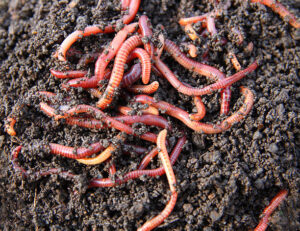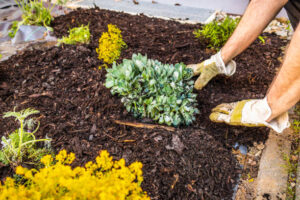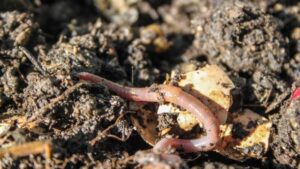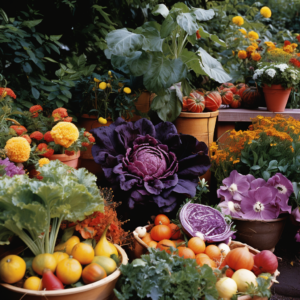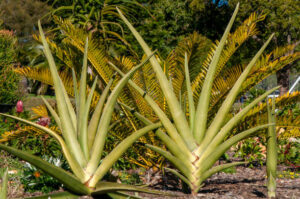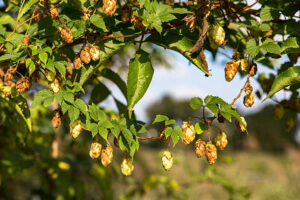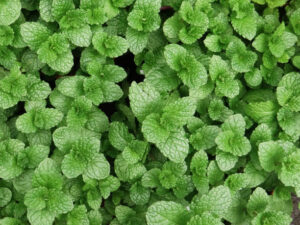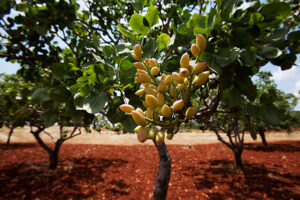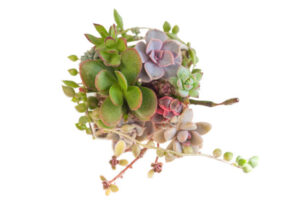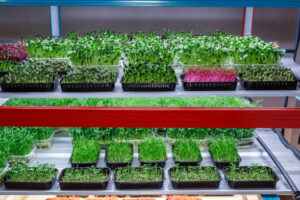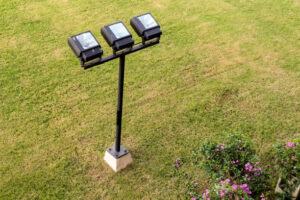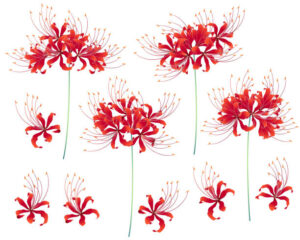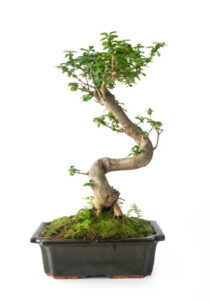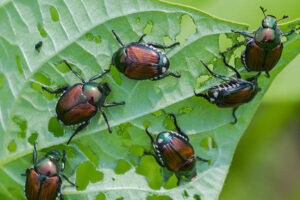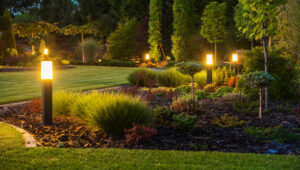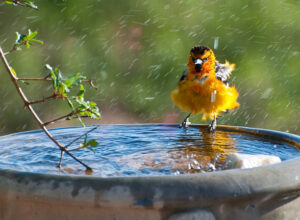Kaleidoscope Abelia: A Colorful Shrub for Your Landscape
Introduction
Bring a burst of color and vibrancy to your landscape with the Kaleidoscope Abelia. This versatile shrub, known for its kaleidoscopic foliage and delicate blooms, adds year-round interest to gardens, borders, and containers. Whether you’re seeking a focal point for your garden or looking to enhance your outdoor space with a pop of color, the Kaleidoscope Abelia is sure to captivate with its ever-changing hues and graceful form. Join us as we delve into the world of this stunning shrub and explore practical tips for incorporating it into your landscape design.
Meet the Kaleidoscope Abelia
The Kaleidoscope Abelia, scientifically known as Abelia × grandiflora ‘Kaleidoscope,’ is a compact, deciduous shrub prized for its striking foliage and delicate flowers. This cultivar of the glossy abelia species features variegated leaves that emerge bright green with golden-yellow margins in spring, gradually transitioning to shades of orange, red, and bronze as the seasons change. In summer, the Kaleidoscope Abelia produces small, fragrant, white flowers that attract pollinators and add to its overall charm.

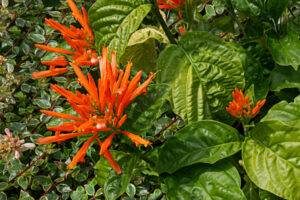
Tips for Growing Kaleidoscope Abelia
Select the Right Location: Plant Kaleidoscope Abelia in a location that receives full to partial sun, as this shrub performs best in areas with ample sunlight. Ensure that the soil is well-drained and fertile, with good air circulation around the plant.
Provide Adequate Water: Keep the soil evenly moist but not waterlogged, especially during the shrub’s first year of establishment. Water deeply and infrequently, allowing the top inch of soil to dry out between waterings. Once established, Kaleidoscope Abelia is moderately drought-tolerant.
Prune for Shape and Size: Prune Kaleidoscope Abelia as needed to maintain its desired shape and size. This shrub responds well to pruning and can be shaped into a tidy hedge, specimen plant, or accent in the landscape. Prune in late winter or early spring before new growth emerges.
Mulch for Moisture Retention: Apply a layer of organic mulch, such as shredded bark or compost, around the base of Kaleidoscope Abelia to help retain soil moisture, suppress weeds, and regulate soil temperature. Mulch also adds nutrients to the soil as it breaks down over time.
Fertilize Occasionally: Feed Kaleidoscope Abelia with a balanced, slow-release fertilizer in spring, just as new growth begins. Follow the manufacturer’s instructions for application rates and timing to promote healthy growth and vibrant foliage.
Monitor for Pests and Diseases: Keep an eye out for common pests and diseases that may affect Kaleidoscope Abelia, such as aphids, scale insects, and powdery mildew. Monitor the shrub regularly and take appropriate measures, such as pruning infested branches or applying insecticidal soap, to prevent infestations and infections.

Conclusion
With its kaleidoscopic foliage and graceful form, the Kaleidoscope Abelia is sure to add a burst of color and visual interest to your landscape. By following these practical tips for growing and caring for Kaleidoscope Abelia, you can enjoy the beauty of this versatile shrub year-round. Whether used as a focal point in a garden bed, as a hedge along a walkway, or as a container plant on a patio, Kaleidoscope Abelia is sure to delight gardeners and admirers alike with its ever-changing hues and delicate blooms. Embrace the beauty of Kaleidoscope Abelia in your landscape and create a vibrant outdoor space that enchants and inspires all who encounter it.



